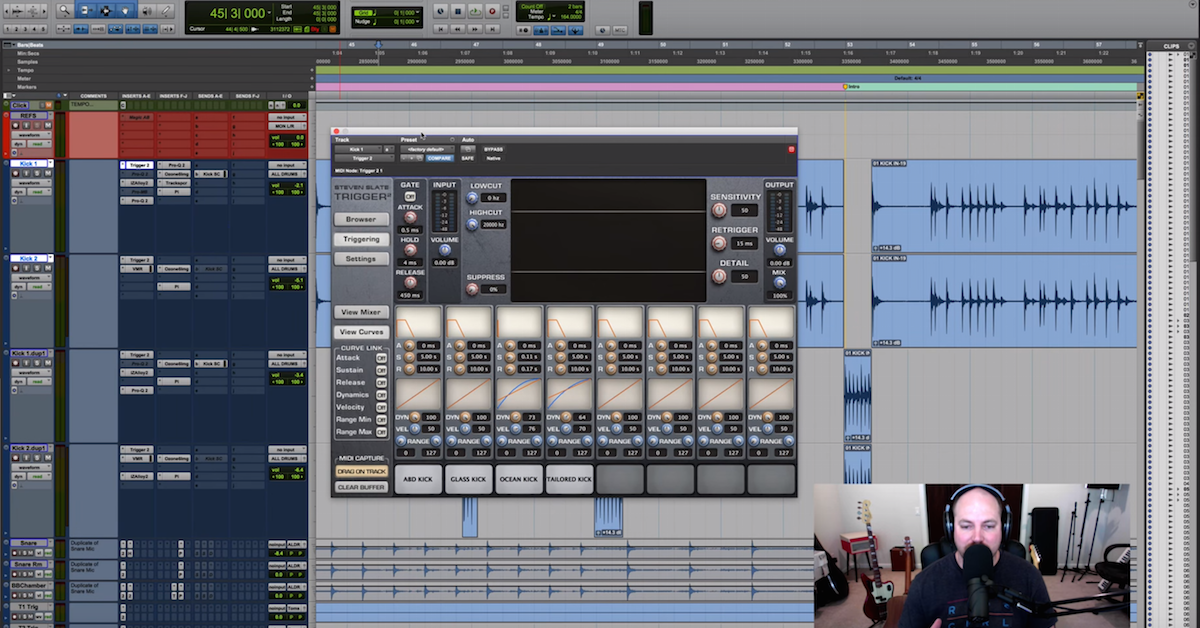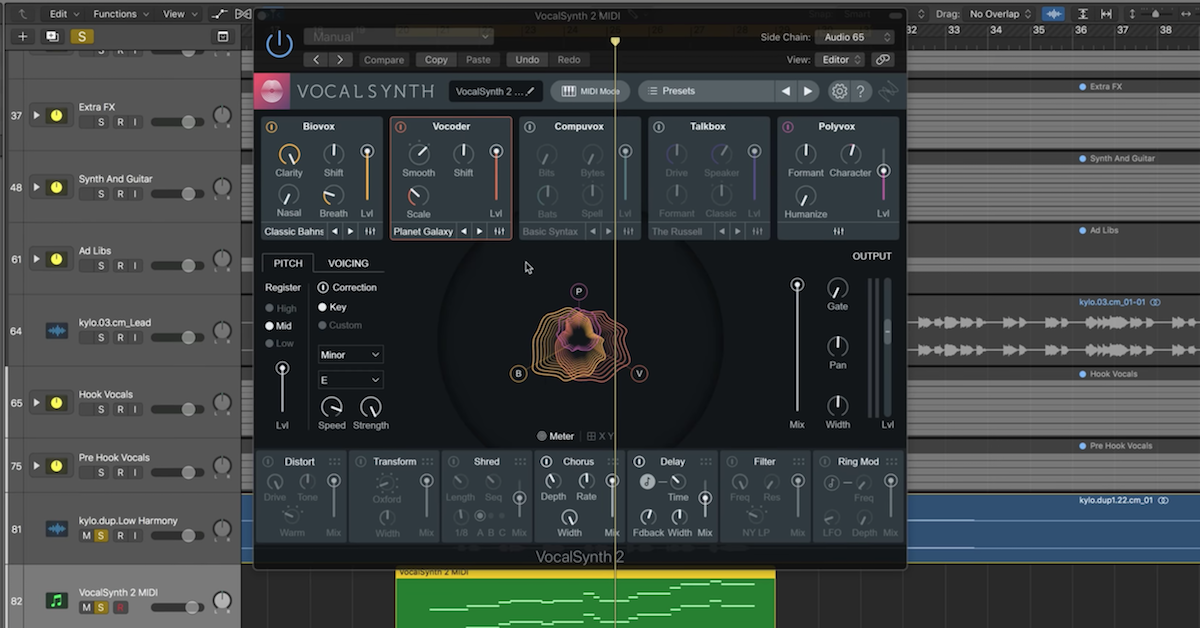How to Start a Podcast: Distribution
Article Content
Hours of recording. Editing until your eyes cross. Mixing until everything sounds like mush. Podcasting is hard work, and that was just the fun part.
Now that you’ve got your podcast recorded, edited and mixed, it’s time to let the world hear it! But that’s not quite as simple as it seems.
Metadata
First, your fans need to be able to find your podcast. Simply posting an audio file titled “podcast.wav” on the internet isn’t enough to get new listeners. Metadata allows you to enter specific information about your podcast, like:
- Podcast Name
- Episode Number / Title
- Network / Host / Guest Names
- Year of Release
- Copyright Information
- Genre
- Episode Description
- URL
- Cover Art
Without entering metadata, your listeners won’t have any of this information when trying to find your podcast. Make sure you tag every episode with the appropriate metadata before uploading it.
Hosting
Now that you’ve got your files tagged properly, you need somewhere to host them. Podcasts tend to be pretty long, which can create some rather large file sizes. The bigger the file, the more space you need online, and rent on the internet ain’t cheap.
Some sites let you store or host limited files for free, like YouTube and Soundcloud. Most offer paid services for increased file storage and additional benefits.
If you want to take matters into your own hands, you can always purchase a domain name and host the files on your own website. Word to the wise, 71% of people who listen to podcasts do it on mobile devices, so make sure your site is mobile-friendly.
You can make your files smaller to save on hosting expenses, but there’s a catch — file size directly affects audio quality. The smaller the file, the less fidelity.
Granted, most listeners can’t tell the difference between the highest audio quality settings, but most can hear the difference in low-fi files.
It’s best to use high quality lossless files like WAV or AIF. You should only use lossy files like MP3 or AAC/MP4 if you’re concerned with space. Some hosting sites and distributors require MP3 as a space saver.
RSS, XML, WTF?
So now that you’ve uploaded your podcast, how do people listen to it? Or subscribe to it? Or find out when new episodes are available?
It’s simple, actually. Really simple…
RSS stands for Really Simple Syndication. OK, depending on who you talk to, RSS can also mean Rich Site Summary, but most of us just call it an RSS Feed.
RSS feeds automatically “feed” updates to subscribers. In the same way your phone vibrates from a Facebook notification, subscribers to your podcast can be automatically notified as soon as new content is made available on your site. Some platforms even allow users to automatically download episodes, so they’re ready to go at a moments notice.
Without RSS feeds, you would have to manually check your favorite blogs to see if they posted any new content. Essentially, RSS feeds allow people to stay constantly updated on your blog, instead of having to manually check for new content.
RSS Feeds are expressed as XML code, which is a standardized coding language recognized by many different programs. You can write your own RSS Feed using XML code, but you’re a podcaster! Not some code monkey! Plus, most hosting sites offer this service for free.
Services like iTunes and Spotify include RSS aggregators, which automatically add content from outlets you subscribe to. If your favorite podcast isn’t available on your service of choice, you can create your own custom RSS feeds to collect content from sites all over the internet, using apps and online tools like Feedly.
Show Notes
Now that the show is uploaded and ready to go, there’s one more step to help grow your audience. Show notes are a short summary of each episode — usually less than 300 words. Show notes usually include:
- An outline of the show
- Info on your guest
- Questions asked / Topics discussed
- Links to references and topics
- An SEO-minded summary of the content
- Contact information
- Social media links
Show notes are a great resource for gaining new listeners. They help draw people to your podcast when searching for related topics, and they give the listener some key points to take away.
Distribution Outlets
In order to maximize your fanbase, you need to be available everywhere your potential fans want to listen to you. Of course, iTunes is still the world leader in podcasting, so you’ll definitely want to get your show up there. But, there are so many more outlets for people to discover, listen to and fall in love with your podcast. It would be a shame to deprive them of that, wouldn’t it?
You can manually upload your podcast to most of the largest audio services like iTunes, Soundcloud and YouTube. But, there are more outlets than there are hours in the day, and it would be a full-time job uploading a single podcast across all the various distribution platforms. Plus, some sites like Spotify require a distribution deal to host your content.
I told you podcasting was harder than it sounds! Thankfully, several sites offer distribution services to dozens of outlets, along with hosting, RSS feed and show note options. Here are some of the most popular podcast distribution services:
PROFIT $$$
Now that your podcast is available to the masses, there’s only one thing left to do — rake in the cash!
Here’s the secret:
- Record a podcast
- ???
- Profit!
OK, so podcasting isn’t exactly a money tree, but there are a few different ways to earn a buck while podcasting.
Charge!
Some podcasters simply choose to charge for their episodes. You can charge on a per episode or subscription basis. Alternatively, you could offer the episodes for free and ask for donations instead.
Sponsors
Many podcasters seek out sponsorships with product companies. Usually, a podcaster will mention (or use) a product during the podcast in exchange for free swag or sometimes even cash.
Ads
Instead of working for peanuts, you could always charge the peanut company. Many successful podcasters leverage their listeners for ad revenue. If you have a good pull in a specific demographic, it’s worth reaching out to select companies.
Royalties
If you host your podcast on sites like Spotify or YouTube, there are opportunities for royalty monetization. It’s usually not a lot of money, but depending on the amount of streams you’re getting, it can add up quickly.
At the end of the day, the key to producing a great podcast is a great story. Sure, a lot of work goes into making it sound great and getting people to listen to it, but without a great story, you don’t have anything to sell.
A good story is easy to record, easy to edit and easy to sell. Especially now that you know how to record, edit and sell it.






